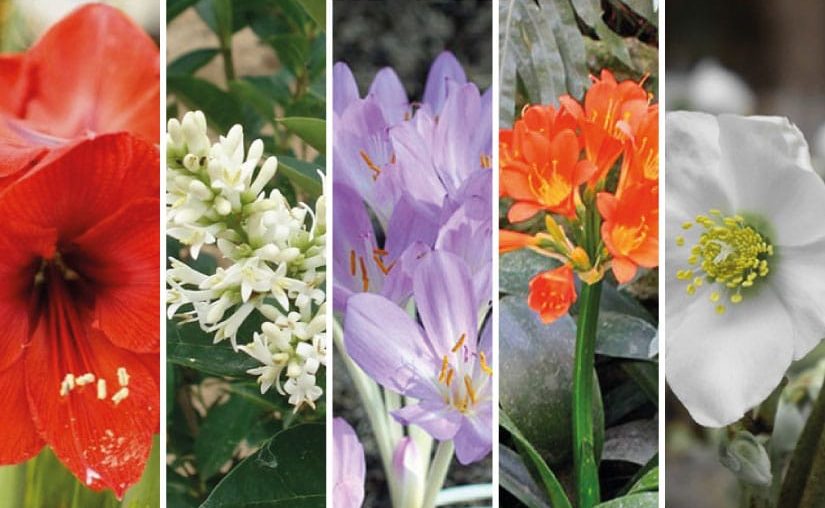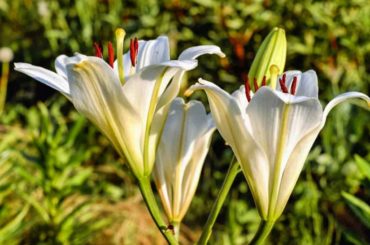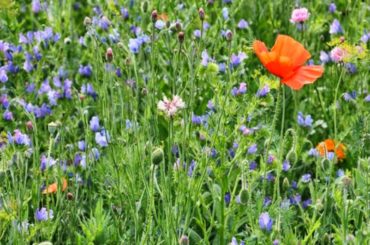The list of toxic flowers is a little difficult to establish formally, as it changes based on the knowledge that is acquired over time. In addition, some of them reveal less obvious toxicity, especially because they become so in the long term. Sometimes it is difficult even to set a clear limit between medicinal and toxic plants. That's why it evolves constantly.
Nevertheless, there is an official list that is the pharmacopoeia, a regulatory document that you can refer to if necessary. It lists the plants and flowers that can be used for the manufacture of drugs. If you wish to avoid potentially dangerous plants and flowers, consult List B that is updated by the National Agency for Safety of Medicines and Health Products.
Aconite (Aconite napellus)

Aconite containing alkaloids is certainly one of the most toxic flowers. As soon as a leaf or a few flowers are ingested, the following symptoms appear: visual, nervous and cardiac disorders, the outcome of which may be fatal. By picking the flower, it can cause dermatitis or even poisoning if you put your fingers in your mouth or through an injury. It is much better to banish it from the garden, especially since its root is a little like turnip and there is currently no antidote against this flower.
Belladonna (Atropa Belladona)
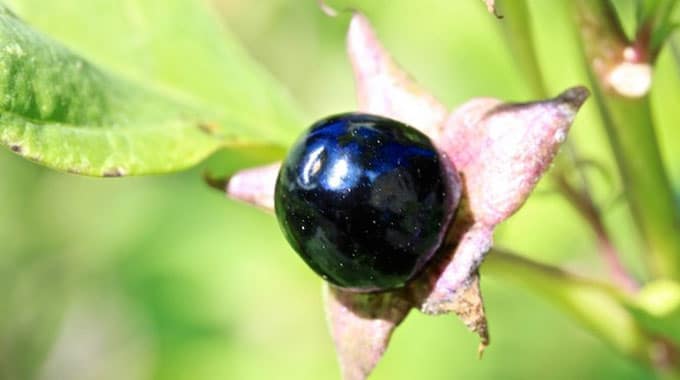
Belladonna is a highly poisonous flower, especially as it resembles certain varieties of cherries and bilberry, and also because of its slightly sweet flavor. It can be fatal in children from two to five berries and in adults after absorption of 10 to 15 berries. There is a very dry mouth, a feeling of intense thirst, tachycardia, flushing of the face and neck, agitation, fever, tremor, mydriasis with photophobia, hypertension and headache. If the subject is not treated, coma and respiratory paralysis cause the death of the person.
Pulsating anemone (Pulsatilla vulgaris)
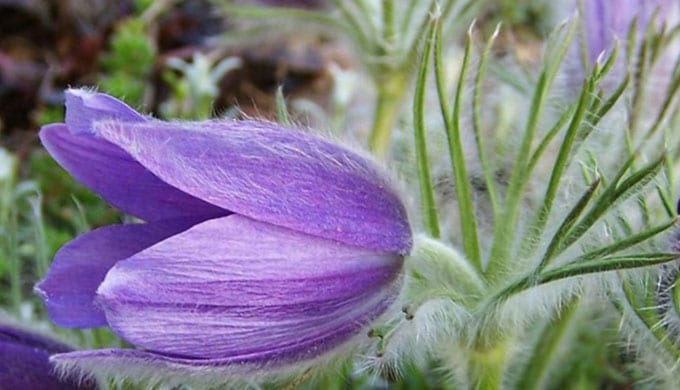
The whole plant is moderately toxic and irritating. The juice of this can cause local inflammation, hypersalivation and vesicles when it touches the mouth. In high doses, it can be very toxic by ingestion causing vomiting, weakness, dizziness, diarrhea, hematuria and painful urination, kidney inflammation, convulsions with heart and respiratory difficulties. 60 grams of this juice can kill a dog in a few hours.
The spotted arum
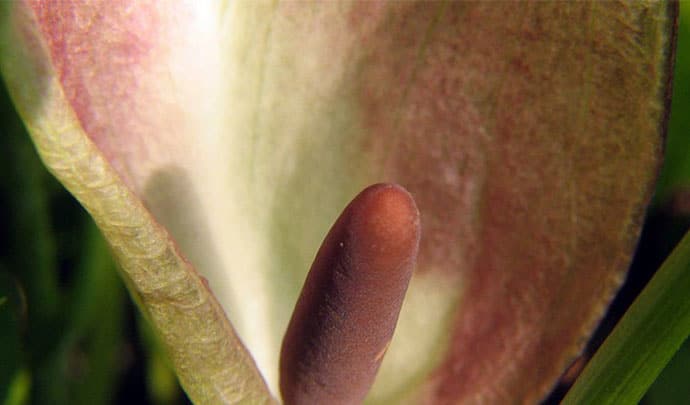
The spotted arum is highly toxic and can easily be confused with bear's garlic when young or spinach. The fresh plant once absorbed causes swelling of the tongue and lips, inflammation and burning. Then there are other symptoms such as hoarseness, thirst, bloody diarrhea, vomiting, hypersalivation and mydriasis. When the ingestion reaches or exceeds 15 berries, we then find hypothermia, convulsions, heart problems and even a state of coma that can lead to death. If you touch it, you expose yourself to contact dermatitis with edema, irritation, redness, burning sensation, ocular in particular, effects that will subside after a few hours or days.
Honeysuckle
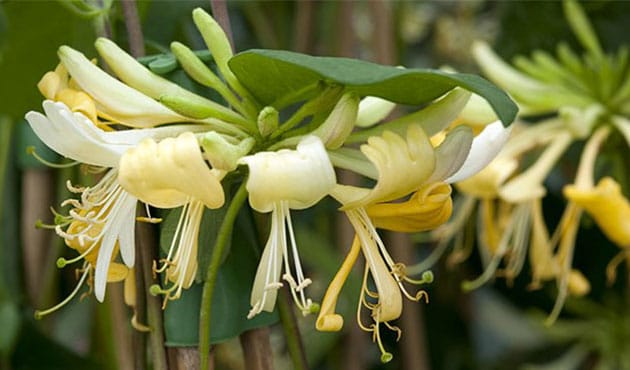
You may not know it, but the honeysuckle, this pretty climbing shrub covered with white flowers is not so innocent as it might seem. Leaves and more berries are very toxic. They are purgative at a low dose, at a higher dose, they can cause digestive, cardiac and / or nervous disorders which happily lead to a fatal outcome rarely, except in very severe forms with coma then death.
Purple Foxglove (Digitalis purpurea)

This flowering plant can be used in heart failure for its positive inotropic effects. However, if the dose is too high or the patient is in prolonged ingestion, the symptoms are: feeling cold, hallucinations, tinnitus, delirium, dilated pupils, headaches, pale face, diarrhea, nervous disorders with syncope sometimes all accompanied by cardiac rhythm disorders, which can lead to cardiac arrest.
euphorbia
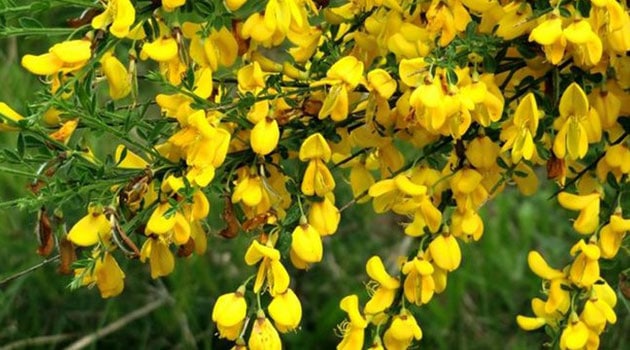
This flower causes irritation of the skin and is dangerous in case of contact with the eyes. The seeds are also dangerous, they were also used before as a purgative. These flowers are recognizable by their cyathic or yellowish green inflorescences arranged in umbels and which have neither petals nor sepals.
The broom

The berries and flowers of these brooms, these ornamental shrubs, are poisonous. They provoke an intense thirst with vomiting, nausea, headache, diarrhea, cyanosis, cold sweats, hallucinatory delusions, sometimes going as far as coma.
Privet
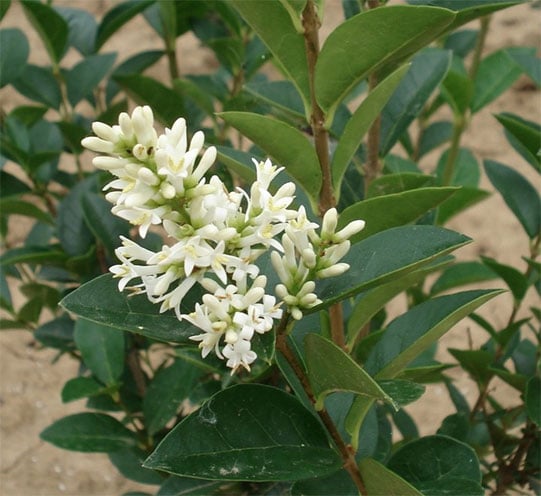
The privet is frequently present in our gardens, it can compose hedges. Black berries are especially toxic to children who may ingest them. After two to three berries, they cause vomiting, diarrhea, burning in the mouth, itchy skin and muscle weakness. Above five berries, symptoms include convulsions, kidney damage and cardio-respiratory disorders. These are symptoms that can last for several weeks after ingestion. In contact, it causes irritative dermatitis.
Sweet Pea
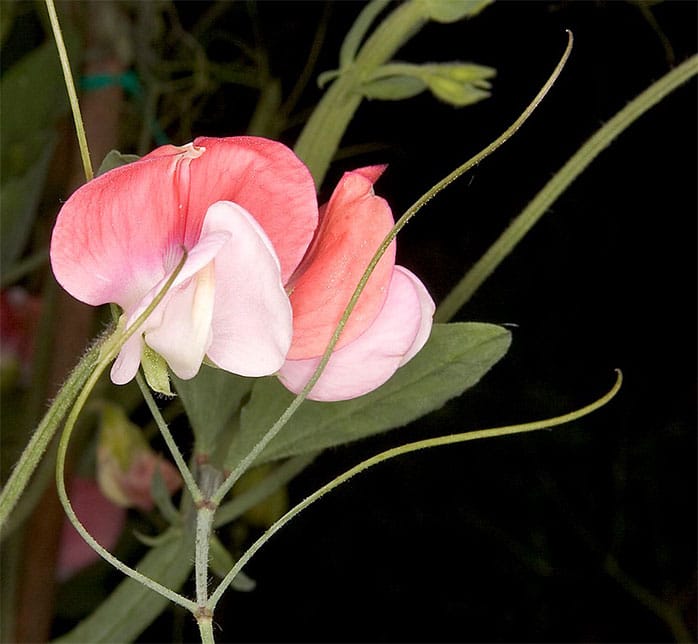
If the sweet pea is a pretty shrub with delicate and colorful flowers, it is nonetheless toxic, especially for children and at the level of pods and seeds. It can cause when it is ingested a decrease in muscular strength, digestive disorders and paralysis of the lower limbs.
Christmas rose (Hellebore)
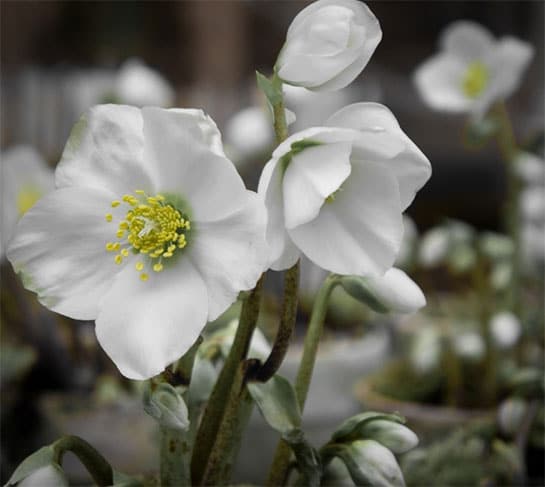
The Christmas rose in its pretty white color contains toxic substances: helléborine and helléboréine. These can cause dizziness and vomiting by ingestion. They can also paralyze the nervous system and cause cardiac arrest by acting directly on the heart.
Amaryllis
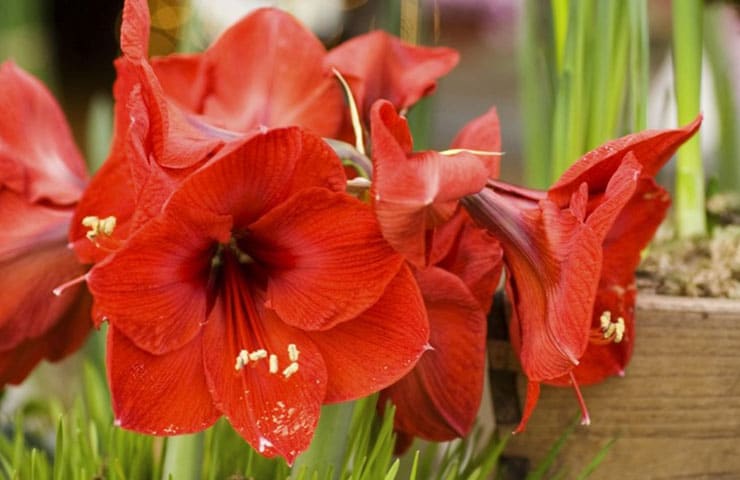
This beautiful red flower is toxic especially at the bulb. Following ingestion, you may have gastroenteritis-like symptoms of irritation: nausea, persistent vomiting and large numbers of people and diarrhea. Then there may be the appearance of dryness of the mucous membranes, drowsiness, convulsions and tremors.
Clematis hedges
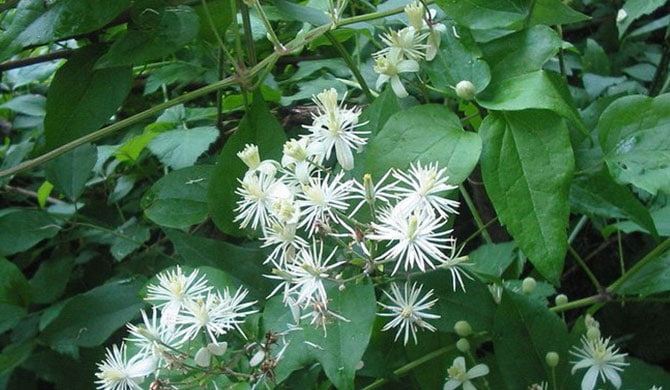
Clematis is not the most irritating nor the most toxic, however, it causes rare intoxication in humans and occasional in animals. Stomatitis and local burns may appear in the mouth. Digestive disorders due to local irritation, colic and diarrhea, neurological disorders, nephritis and paralysis.
Datura
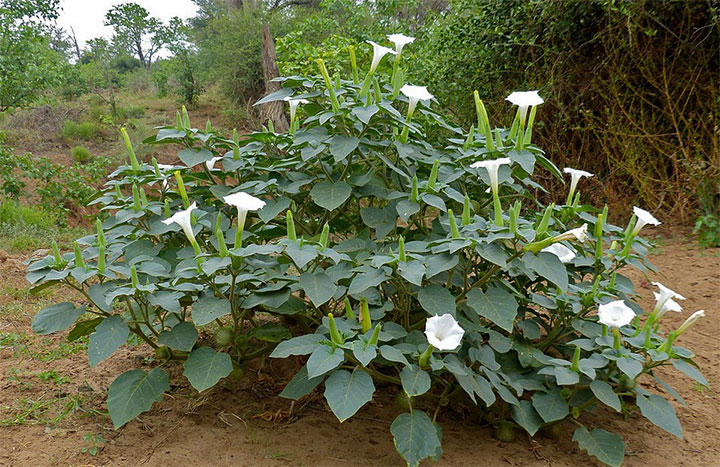
The whole plant is very toxic, it acts on the peripheral and central nervous system, causing hallucinations, heart and respiratory disorders. So you have to be very careful about children in particular who tend to touch and sometimes even ingest flowers.
The iris
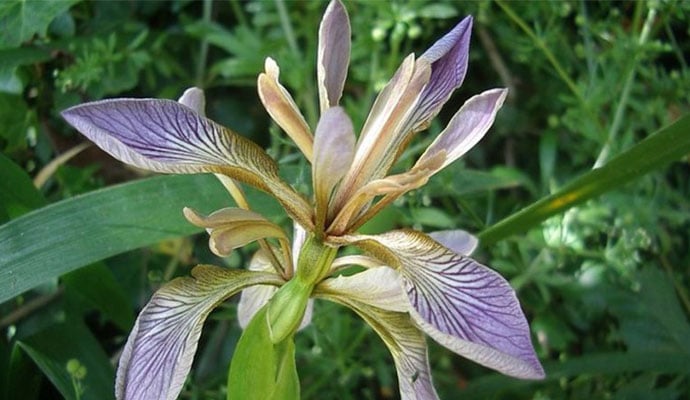
The iris is sometimes responsible for poisoning that can be manifested by sometimes bloody diarrhea and vomiting. These are situations commonly observed on livestock, and more rarely on humans. In contact, it can cause dermatitis. It is certainly the presence of an alkylated para-quinone which would be responsible for this effect.
Poppy
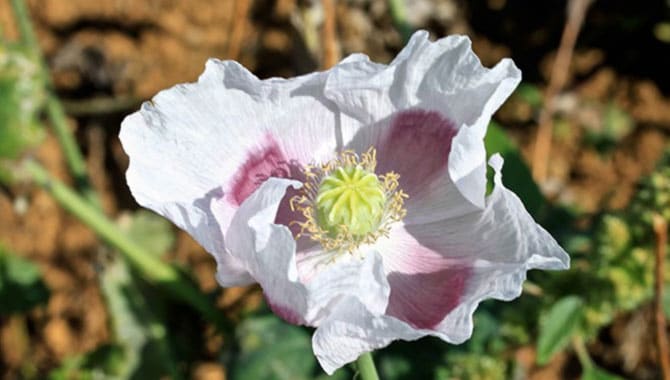
It is a very poisonous plant that causes acute intoxication due to the presence of morphine, acting in particular on the nervous system with anxiety, delusions … It also causes disorders of the respiratory system. All accompanied by convulsions, vomiting, tachycardia, mydriasis and muscle atony. Lack of oxygen causes a cyanotic state and persistent sleep.
The oleander
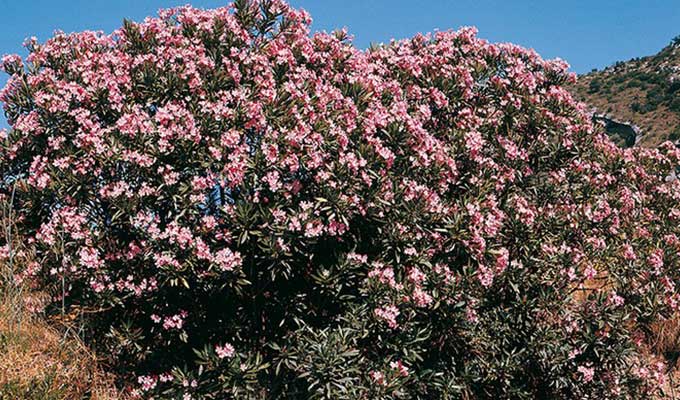
The oleander is a highly toxic plant, the first symptoms being gastrointestinal disorders with vomiting and nausea. In the event of ingestion, it causes mental confusion, signs of weakness and discomfort, visual disturbances, and finally cardiac disorders. Sometimes this can lead to asphyxiation, seizures, ventricular fibrillation and asystole leading to death.
Lupine
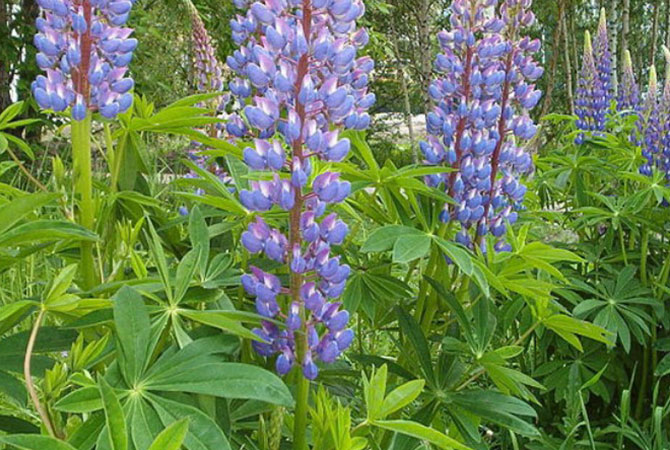
Poisoning is rare, but it is possible, however. Raw ingestion of seeds causes hypotension, mydriasis, tachycardia, urinary retention, dryness of the mucous membranes with teratogenic risk. In animals, it causes convulsions with respiratory distress.
The crocus

Colchique contains alkaloids such as colchicine. All parts of the colchic are extremely toxic by ingestion, it causes indeed digestive disorders, nervous, cardiovascular, digestive and respiratory disorders, which can be fatal.
Lily of the valley (Convallaria majalis)
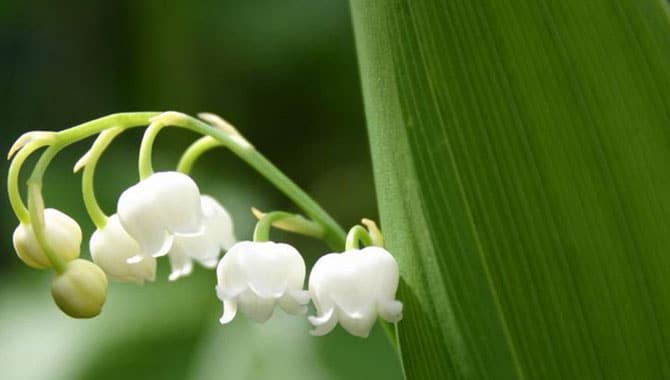
Lily thrush causes vomiting and digestive disorders, it appears as many other species in the list B toxic flowers.
Clivie vermilion

In case of ingestion of leaves, fruits, and flowers, the gastrointestinal disorders are more or less important. It is a flower that can be considered as toxic.
Ricinus (Ricinus communis)

Castor is dangerous for health, because of its seeds which are highly toxic. Just a few seeds ingested to cause death because of its violent effect purgative provoked.
Cytise aubours
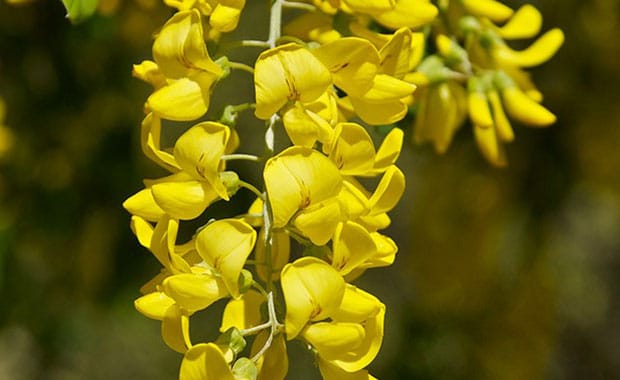
If the whole plant is very toxic, the fact remains that these are the most dangerous seeds. Burning of the mouth and throat, vomiting, sialorrhea, the first 2 hours after intoxication, agitation will be present. In case of severe poisoning by alkaloids follow delirium, vertigo and convulsions with risk of respiratory paralysis and death.
Indian hemp
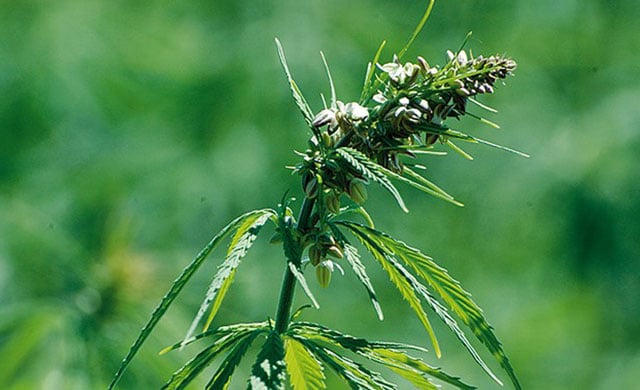
Indian hemp is a flat that is only moderately toxic, but can still cause very unpleasant effects. Irritative cough, tachycardia, mydriasis and hypertension then hypotension and drowsiness are the main symptoms related to its inhalation.
Strawberry from India
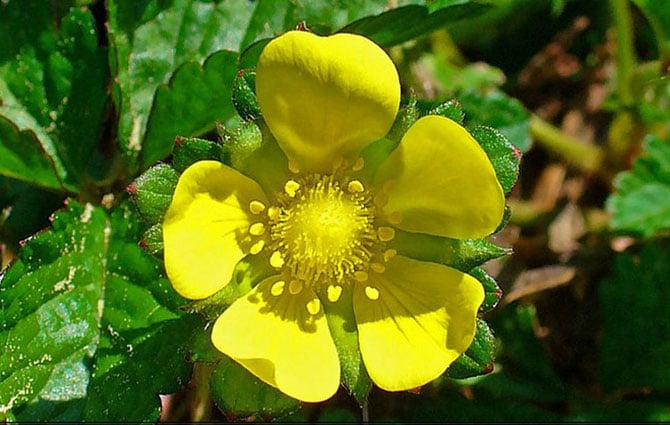
The problem of this plant is due to its fruits which is not unlike the strawberry. As a result, children risk confusing and ingesting them. However, if ingested even at low doses by a child or in high doses in adults, they are at the origin of various gastric and intestinal disorders.
The tulip
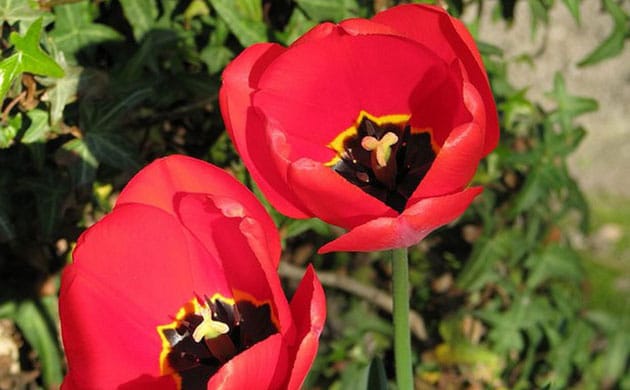
The tulip is toxic in case of repeated contact, disorders are more or less troublesome depending on the cultivars and their tulipaline content makes them more or less allergenic. Eczema, acute contact dermatitis, friable and brittle nails, hoarseness, respiratory discomfort are the main symptoms. In case of ingestion, gastric and intestinal disorders occur. These intoxications are very rare.
Saponary officinale

It is a fairly toxic plant that still has some risks that it is better to anticipate. If the amount ingested is consistent, it causes mental confusion, mydriasis, agitation, polyuria with hematuria by altering the renal cell tension and hallucinations.
Charcoal from Japan
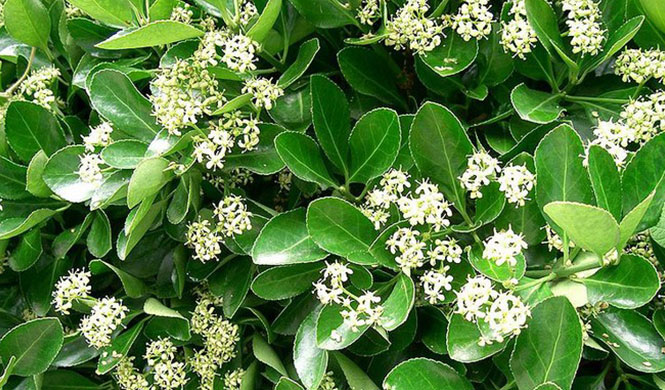
Japanese charcoal is a very toxic plant. It produces delayed effects 8 to 15 hours after ingestion: vomiting, vertigo, mydriasis, strong digestive irritation with spasms, vomiting, diarrhea, circulatory disorders and collapse. It has a purging effect from the ingestion of 3 or 4 fruits in the adult whereas one is enough for the child. It can even be deadly after 30 fruits in adults.
Spanish broom
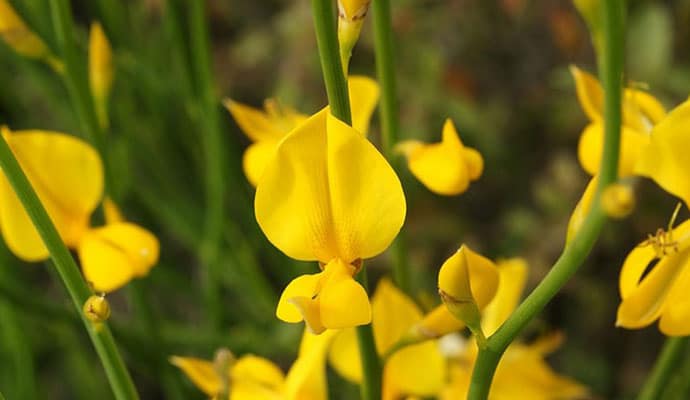
The brooms of Spain are highly toxic. A few hours after the ingestion of the flowers you feel nausea, vomiting, diarrhea, an alteration of the general condition. The seeds cause sweating, convulsions, and then cardio-respiratory distress that can even lead to death.
Ipecac
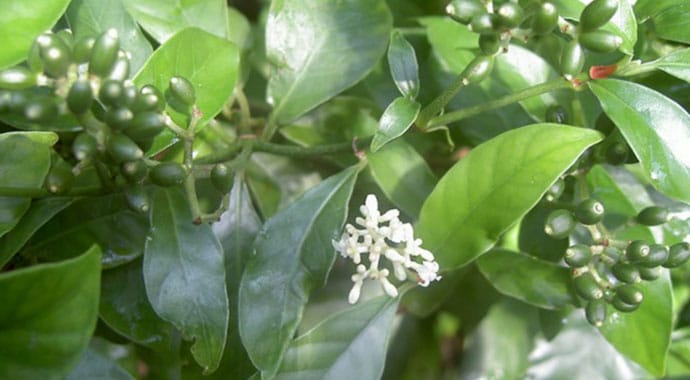
Ipecah is a poisonous plant that causes poisoning. They concern the dried root and the ipeca syrup beyond the prescribed doses. Neurological disorders, vomiting, muscle weakness, hypotension, ventricular fibrillation, tachycardia, elevated serum enzymes that can lead to death. Ipecac syrup is only used in the context of ingestion of fruits or toxic berries to induce vomiting.


